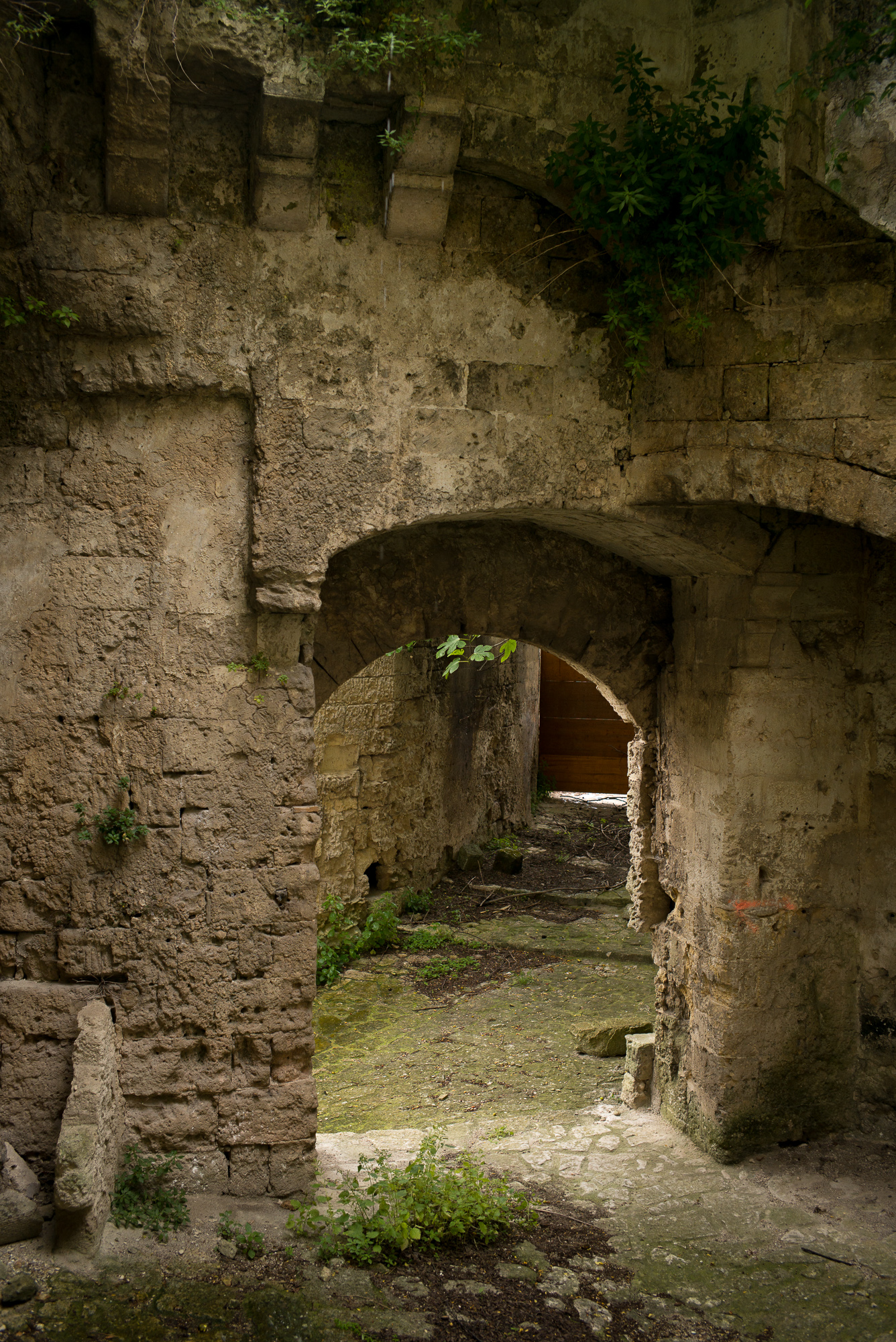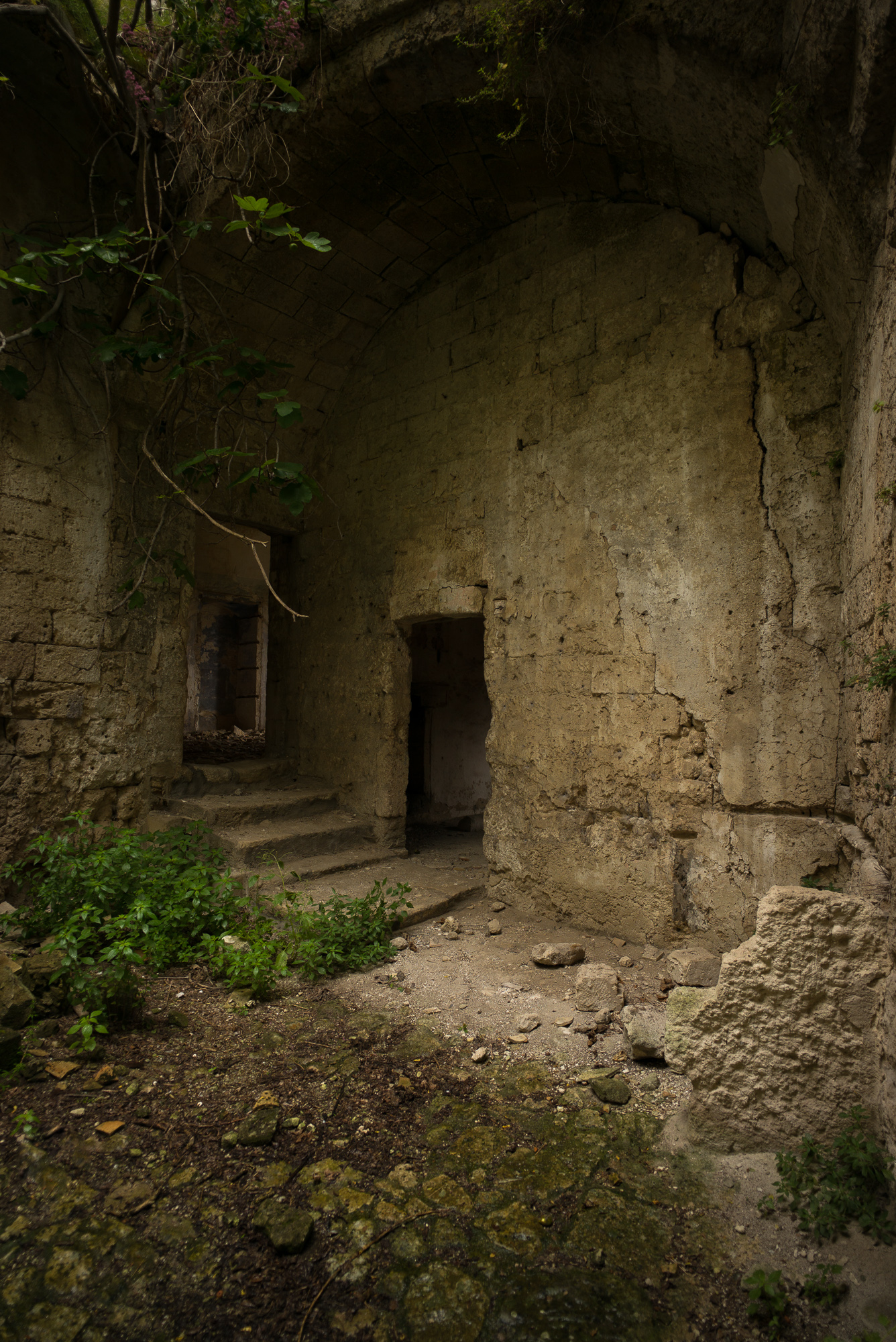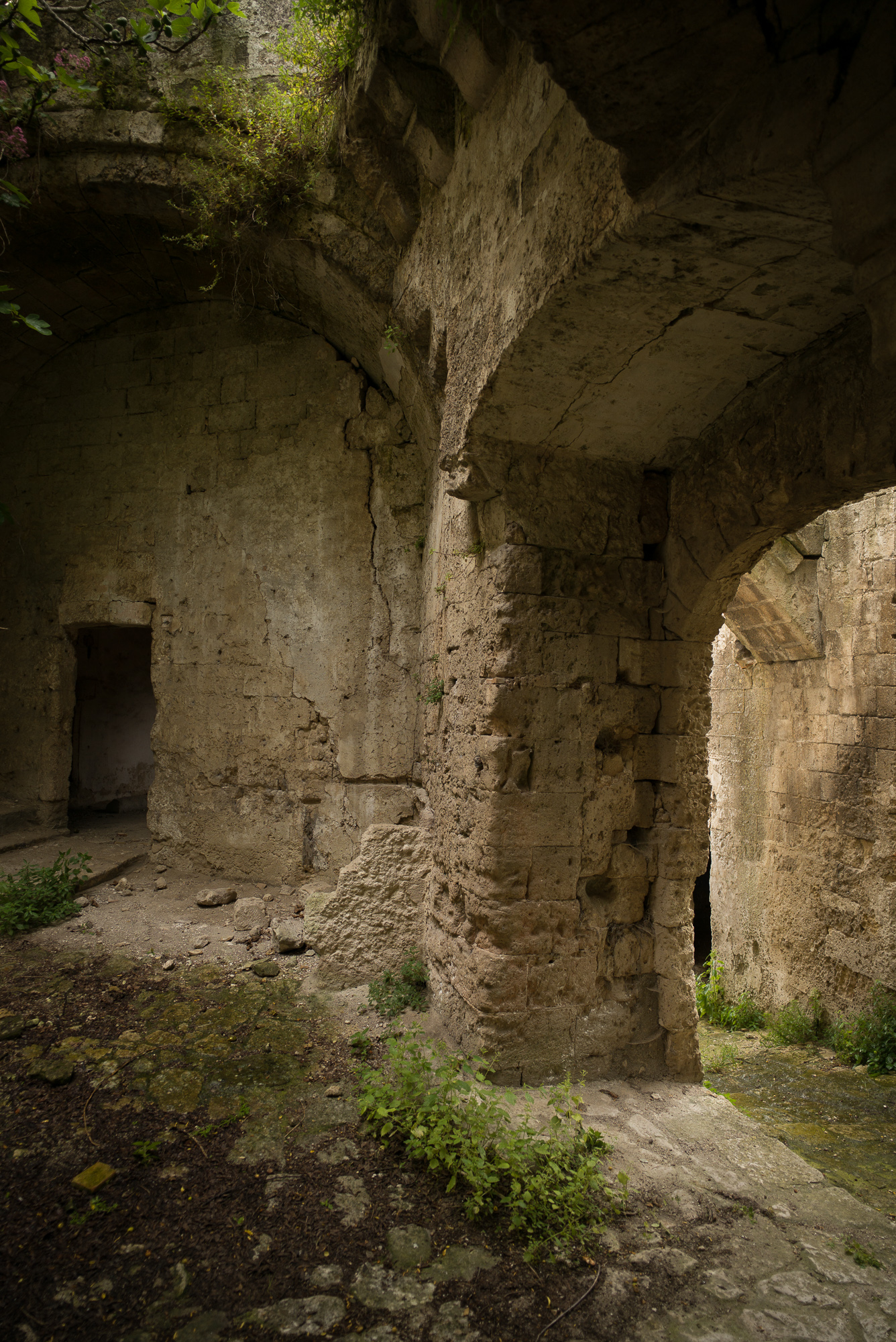

Why are abandoned spaces so interesting? Like many people, I’ve always been fascinated with buildings that are coming apart at the seams. With their crumbling facades, there is something charming and a little spooky about walking through abandoned spaces. Each one has a feeling which can’t quite be put into words. But when people live in a space long enough, they leave traces that remain visible for years to come.

With their crumbling facades, there is something charming and a little spooky about walking through abandoned spaces.

When you step into that empty space, it stirs a mixture of emotions. There is an excitement, a curiosity, and even a touch of melancholy because you can feel an absence in the rooms. It is a complex experience that often leads to more questions than answers.

Over the years I’ve been blessed with a number of visits to unique spaces like condemned psychiatric wards, a private visit to the King’s chamber of the Great Pyramids, and an after hours tour of the Metropolitan Museum of Art. While these spaces have their differences, they share a quiet, creepy stillness that is hard to find in everyday life. But in May, I was given access to an abandoned space like I’ve never seen before, inside the Sassi of Matera (Italy).

For someone who has never visited Matera, imagine a city carved into a mountainside. Famous for its “cave” houses, called the sassi, it was once the embarrassment of Italy. The farmers who lived in the caves shared them with their families and animals. The only plumbing was a cistern for water. The lifestyle was rough, but remembered with affection by those who are still alive. The Italian opposition to the cave lifestyle of Matera came to a head shortly after World War II. It was decided to end this way of life.

The sassi were emptied. People were forced to give up their homes and move up the mountain side into “proper” houses. The city erected gates on the front of the caves and they were left abandoned for decades.

Only in the last twenty years have the sassi been repopulated. What was once an embarrassment is now Unesco’s Cultural Capital for 2019. It is a reversal of cultural fortune that is rather unique. But while many of the caves have now been converted into restaurants, apartments, and hotels, there are still a large number of them that have not been touched.

Fortunately the owners of Sextantio Le Grotte della Civita gave me and a small workshop I led, private access to one of locked territories. Virtually untouched for decades, the collection of courtyards and pathways carve a maze through the mountainside. The rooms are filled with a light that Caravaggio would envy. The warmth of the rooms is mixed with the frightening reality that the floors and ceilings are literally caving in. We walked very carefully trying not to disturb the silence of the rooms or the fragility of the floors.

Many abandoned spaces have a dark history. One that is a reminder of the terrible power of a civilization. Places like Chernobyl, the camps at Auschwitz, or the missile silos of the Cold War are kept as morbid reminders of what happens when things go very wrong. They carry with them a collective fear from the past, that might instill some wisdom on the future. But the sassi of Matera do not have a dark past. They are spaces that were once full of life. Instead of being destroyed they fell into a long, undisturbed slumber. Their gates were locked and they were forgotten. Now, they are being woken up by a world which values their uniqueness and celebrates their authenticity.

They might serve as a reminder that the triumphs of civilization do not always lie in grand palaces. And what is considered an embarrassment by one generation could become a cultural treasure for the next. By the time I return to Matera next year, the spaces we shot might change. Part of the fun in photography is finding unique moments that might never repeat again. Whether it is a flash of an expression or turning point in a culture, what fascinates me about photography is the possibility of capturing a distinct moment in time … that will never happen again.

Part of the fun in photography is finding unique moments that might never repeat again.
